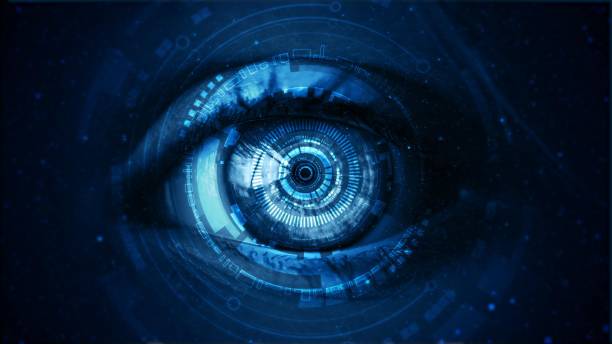For the first time, researchers have managed to partially restore vision in a completely blind man using gene therapy.
In recent times, gene therapy has gained a lot of attention for its role in treating diseases, especially those associated with vision loss. Last year, scientists used it to significantly improve vision in a group of patients suffering from Leber hereditary optic neuropathy (LHON). Now, for the first time, gene therapy has helped restore vision in a blind man suffering from retinitis pigmentosa.
Retinitis Pigmentosa is a genetic disorder that affects approximately 2 million people across the globe. More than 70 genes are involved in the development of the neurodegenerative disease. Mutations in any one of these genes can result in the destruction of the photoreceptor cells in the retina. Thus, resulting in a loss of vision, especially in low light conditions such as nighttime. Moreover, a person’s peripheral vision also gets affected. Eventually, people lose most of their sight. However, there is currently no treatment for RP.
In a bid to change all that, in 2017, a team of scientists began the PIONEER clinical trial. The trial aims to assess the safety of experimental gene therapy in patients with retinitis. The researchers combined gene therapy with repeated light stimulation delivered via special googles.
Now, one of the participants from the trial has shown significant improvement in his vision. The results are published in the journal Nature Medicine.
We present the first evidence that injection of an optogenetic sensor-expressing gene therapy vector combined with the wearing of light-stimulating goggles can partially restore visual function in a patient with RP who had a visual acuity of only light perception
study authors

Patient Successfully Identifies Objects
The 58-year-old man, who was part of the study, developed retinitis 40 years ago. Over time his vision had deteriorated to such an extent that he could only perceive light and differentiate it from dark, but not make out objects in front of him.
The team of researchers used a particular experimental technology called optogenetic therapy. This is a combination of genetic engineering and neurobiology techniques and involves light-mediated stimulation of proteins in cells.
As part of the study, researchers injected the patient’s worse-seeing eye with an adenovirus vector. The vector carried genetic information for encoding light-sensing proteins. These proteins can boost light perception in the retina cells. Therefore, to stimulate the proteins, researchers used special goggles. These googles stimulated the eye with bursts of light.
The light-stimulating goggles capture images from the visual world using a neuromorphic camera that detects changes in intensity, pixel by pixel, as distinct events. The goggles then transform the events into monochromatic images and project them in real-time as local 595-nm light pulses onto the retina.
study authors
Although the patient initially struggled with the glasses, a few months later he had adjusted to the technology. Soon he was able to identify white stripes on a crosswalk and identify various objects kept in front of him with the treated eye. Moreover, he could walk towards the objects and perform visuomotor tasks, such as reaching for the object. All this was only possible when he used the goggles after the injection, but not without them.
The remarkable results from the study highlight the significance of optogenetic therapy in restoring vision in people suffering from retinitis.
Reference:
Sahel, JA., Boulanger-Scemama, E., Pagot, C. et al. Partial recovery of visual function in a blind patient after optogenetic therapy. Nat Med (2021). https://doi.org/10.1038/s41591-021-01351-4




